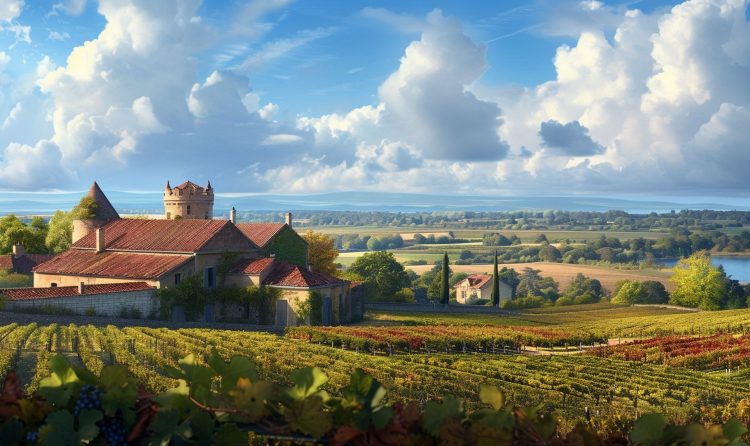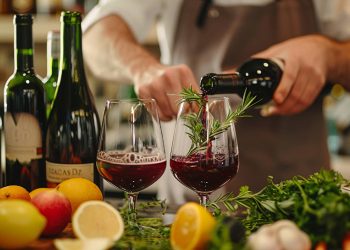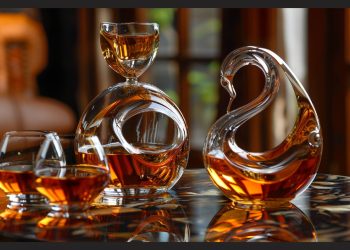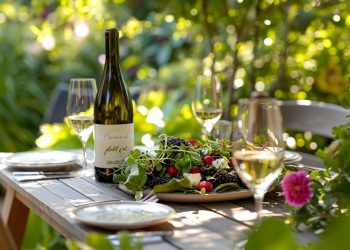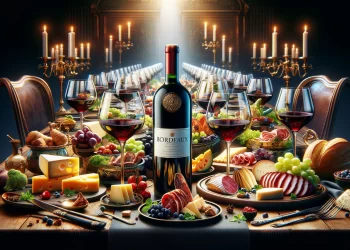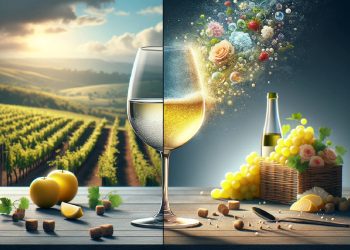When it comes to wine, Gironde is a name that demands respect and attention. With its long-standing tradition and exceptional viticulture, Gironde wine has become synonymous with elegance and refinement. From the lush vineyards of Bordeaux, this region offers an array of exquisite varieties that are sure to elevate your wine experience. But what five exceptional wines deserve a place in your collection? Brace yourself as we embark on a journey through the enchanting world of Gironde wine, exploring the unique characteristics and flavors that await.
Gironde Wine: Historical Overview
What is the historical significance of Gironde wine within the Bordeaux wine region? Gironde wine holds a prominent place in the rich wine tradition and history of Bordeaux, France. As one of the main sub-regions within Bordeaux, Gironde plays a vital role in the production of some of the finest French wines. Gironde wine has been cultivated for centuries, and its historical significance lies in its contribution to the reputation and legacy of Bordeaux as a world-renowned wine region.
The Gironde department in southwest France is home to a diverse range of vineyards that produce wines with distinct flavors and characteristics. This region is known for its exceptional terroir, which combines the unique climate and fertile soils to create the ideal conditions for grape cultivation. Gironde wine represents the culmination of centuries of winemaking expertise and a deep respect for tradition.
Throughout history, Gironde wine has played a pivotal role in shaping the Bordeaux wine industry. The region’s winemakers have embraced both tradition and innovation, constantly pushing the boundaries of winemaking techniques to create exceptional wines. Gironde wines are celebrated for their complexity, depth, and balance, showcasing the true essence of Bordeaux’s winemaking heritage.
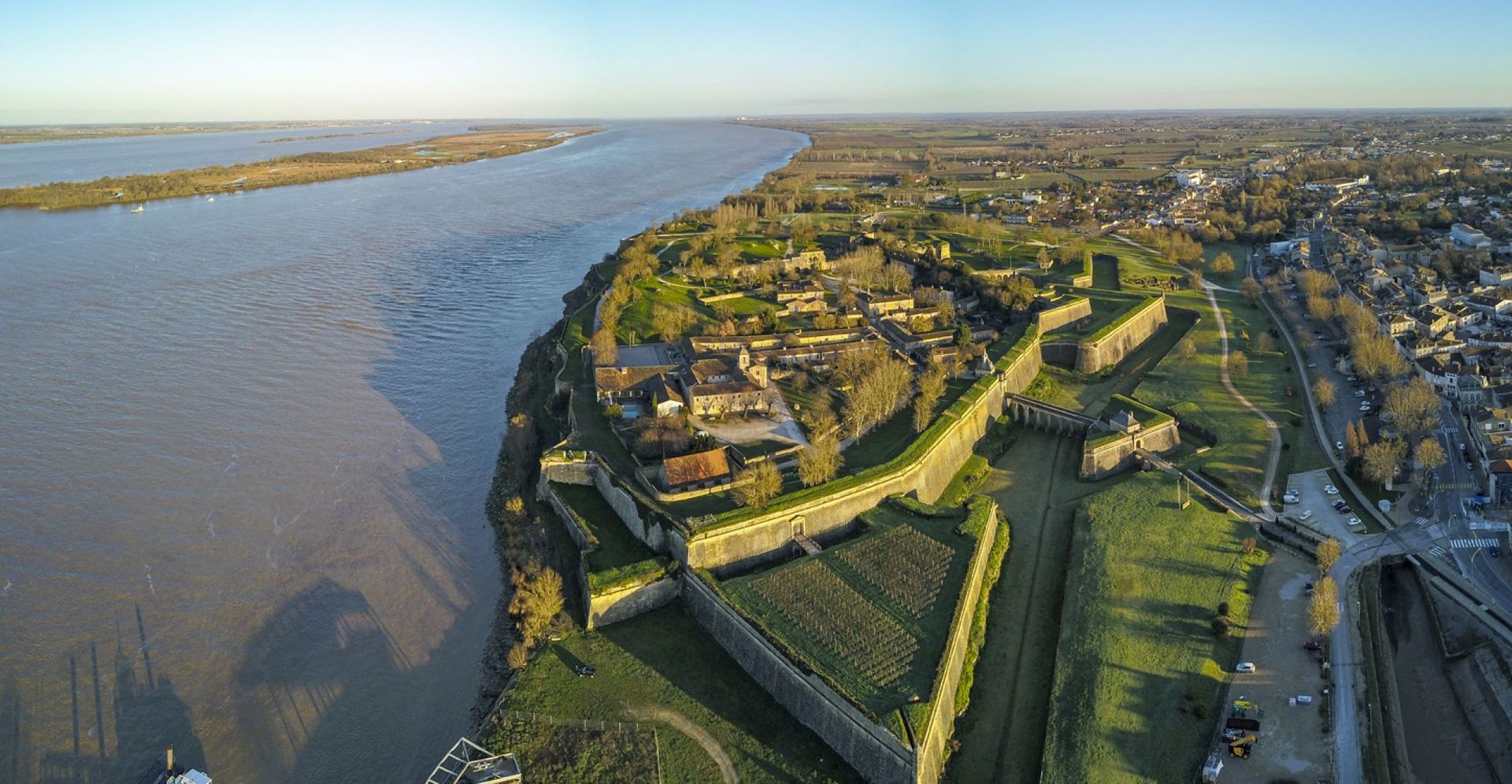
The Diverse Vineyards of Gironde
Gironde boasts diverse vineyards that contribute to the region’s rich winemaking heritage. The Médoc region stands out for its prestigious wines and diverse mix of grape varieties, while Entre-Deux-Mers offers a haven for white wine lovers. In Saint-Emilion and Pomerol, the dominance of Merlot grapes creates wines with a distinct character. These vineyards showcase the unique terroir and craftsmanship that make Gironde wines exceptional.
Médoc and Its Prestige
With its diverse vineyards and renowned winemaking heritage, the Médoc region of Gironde embodies a level of prestige that is unmatched in the world of wine. This esteemed sub-region is home to some of the most sought-after wines known for their exceptional quality and aging potential. Here are five key aspects that contribute to the prestige of Médoc:
- Médoc is famous for its exceptional red wines, particularly those made from the Cabernet Sauvignon and Merlot grape varieties.
- The region is known for its prestigious appellations, such as Saint-Émilion and Pomerol, which produce wines of great elegance and complexity.
- Médoc wines often exhibit a unique blend of flavors, including ripe blackberries, dark cherries, and hints of vanilla and roasted coffee.
- The vineyards of Médoc benefit from the region’s ideal climate and nutrient-rich soils, which contribute to the grapes’ slow ripening and exceptional quality.
- The winemakers in Médoc are dedicated to the meticulous craftsmanship and traditional winemaking techniques passed down through generations, ensuring the production of unparalleled excellence.
Entre-Deux-Mers: The White Wine Haven
The diverse vineyards of Gironde continue to showcase their excellence as we now turn our attention to Entre-Deux-Mers: The White Wine Haven. Situated in the Bordeaux region of France, Entre-Deux-Mers is known for producing exceptional white wines that elevate the wine experience. With its unique climate and fertile soils, this sub-region is ideal for cultivating a variety of white wine grapes.
Entre-Deux-Mers offers a range of wine varieties, including Sauvignon Blanc, Sémillon, and Muscadelle, each contributing to the region’s vibrant wine culture. The white wines produced here are revered for their aromatic profiles, crisp acidity, and complex flavors. Whether you’re a wine enthusiast or a casual wine drinker, exploring the white wine haven of Entre-Deux-Mers is sure to enhance your appreciation for Gironde’s rich wine heritage.
Saint-Emilion and Pomerol: Merlot’s Dominance
Saint-Emilion and Pomerol, two renowned appellations within the Gironde region, showcase Merlot’s undeniable dominance in the diverse Gironde vineyards. These vineyards, steeped in history and tradition, produce exceptional red wines that captivate wine enthusiasts from around the world. Here are five reasons why Saint-Emilion and Pomerol are a must-visit for wine lovers:
- Wine Tourism: The picturesque vineyards and charming châteaux in Saint-Emilion and Pomerol offer a perfect setting for wine tourism. Visitors can explore the vineyards, learn about winemaking, and indulge in wine-tasting sessions.
- Vineyards: The vineyards in Saint-Emilion and Pomerol are known for their exceptional terroir, which consists of clay and limestone soils. These unique soil compositions contribute to the distinct flavors and aromas found in the wines.
- Wine Tasting: The wineries in Saint-Emilion and Pomerol offer a wide range of wine-tasting experiences, allowing visitors to savor the rich, velvety textures and complex flavors of the Merlot-dominant wines.
- Château: The region is home to numerous prestigious châteaux, each boasting a rich heritage and producing exceptional wines. Visiting these châteaux offers a glimpse into the centuries-old winemaking traditions of the region.
- Red Wine: Saint-Emilion and Pomerol are renowned for their red wines, which are predominantly made from Merlot grapes. The Merlot-dominant blends in these appellations result in wines with smooth tannins, rich fruit flavors, and a long, elegant finish.
Winemaking Traditions in Gironde
When it comes to winemaking traditions in Gironde, one cannot overlook the art of blending, aging, and oak influence. These practices have been honed over centuries, creating exceptional wines that showcase the region’s unique terroir. The careful selection and blending of different grape varieties and the meticulous aging process in oak barrels contribute to the complexity, depth, and elegance of Gironde wines.
The Art of Blending
Blending is a revered winemaking tradition in Gironde that showcases the expertise and artistry of local winemakers. It is a fundamental aspect of winemaking in the region that contributes to the exceptional wine quality and flavors that Gironde wines are known for. Here are five key elements of the art of blending in Gironde:
- Wine Heritage: Blending techniques have been passed down through generations, preserving the rich wine heritage of Gironde.
- Winemaking Expertise: Local winemakers possess extensive knowledge and skills in blending different grape varieties to create harmonious and balanced wines.
- Wine Quality: Blending allows winemakers to enhance the overall quality of the wine by combining grapes with different characteristics and attributes.
- Wine Flavors: Blending enables winemakers to create complex and nuanced flavors that cannot be achieved with a single grape variety.
- Wine Cellars: Gironde winemakers carefully age and store their blended wines in wine cellars, allowing the flavors to develop and mature over time.
Aging and Oak Influence
The next aspect of winemaking in Gironde that showcases the region’s expertise and commitment to quality is the aging process and the influence of oak. Gironde wines are carefully aged to enhance their flavors and complexity, creating a truly exceptional wine journey for wine enthusiasts, collectors, and connoisseurs alike. During the aging process, oak barrels are used, which impart unique characteristics to the wine.
The oak influence adds depth, structure, and subtle flavors such as vanilla, spice, and toasted notes to the wines. This meticulous approach to aging and oak influence is a testament to Gironde’s dedication to producing wines of the highest quality. Whether it’s a full-bodied red or an elegant white, the appreciation of Gironde wines is elevated through the art of aging and the skillful use of oak.
Discovering Gironde’s White and Sweet Wines
When exploring Gironde’s wine varieties, it is important to focus on the renowned red wines and discover the region’s exceptional white and sweet wines. Gironde offers a diverse range of white wines, known for their aromatic profiles and refreshing acidity, while sweet wines, such as Sauternes, are celebrated for their luscious sweetness and complex flavors. By delving into Gironde’s white and sweet wines, wine enthusiasts can truly appreciate the full spectrum of this esteemed wine region.
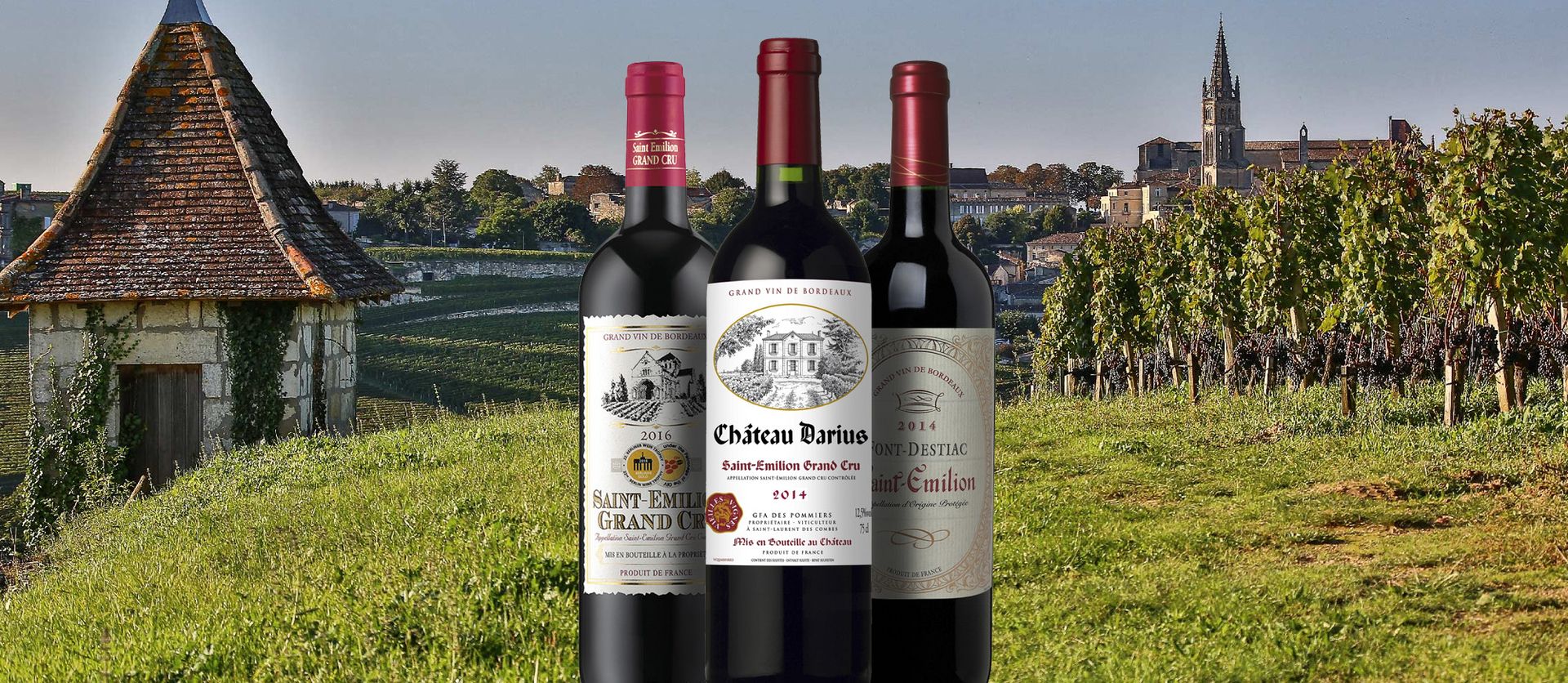
Exploring Red Wines
As we delve into the realm of red wines, it is essential also to explore the hidden gems of Gironde – its exquisite white and sweet wines. Gironde offers a delightful range of white and sweet wines that are sure to elevate your wine experience. Here are five varieties that are worth exploring:
- Entre-deux-Mers: Known for its crisp and refreshing white wines, Entre-deux-Mers offers a perfect balance of citrus and floral notes.
- Sauternes: Famous for its luscious and honeyed sweetness, Sauternes is a dessert wine that pairs perfectly with rich desserts or blue cheese.
- Graves: Producing both red and white wines, Graves is known for its elegant and complex flavors, with the white wines showcasing vibrant fruit and floral aromas.
- Pessac-Léognan: This sub-region of Graves is renowned for its exceptional dry white wines, characterized by their finesse, minerality, and long-lasting finish.
- Côtes de Blaye: Producing both red and white wines, Côtes de Blaye offers red wines with a velvety texture and white wines with crisp acidity and citrus flavors.
Exploring these white and sweet wines from Gironde will undoubtedly enhance your wine journey and provide a deeper appreciation for the region’s diverse viticulture.
Discovering White and Sweet Wines
Gironde’s white and sweet wines offer a delightful exploration of flavors and aromas that will captivate wine enthusiasts. These wines, hailing from the Gironde department in southwest France, showcase the region’s commitment to excellence and tradition. Gironde’s white wines are known for their crisp acidity and vibrant fruit flavors, with grape varieties like Sauvignon Blanc and Sémillon taking center stage. They are perfect for pairing with seafood or enjoying on their own. On the other hand, Gironde’s sweet wines, such as Sauternes, are a true indulgence.
Made from grapes affected by noble rot, these wines boast luscious sweetness balanced by a refreshing acidity. With their complex layers of honey, apricot, and citrus, Gironde’s sweet wines are a luxurious treat for those with a sweet tooth. Whether you prefer a zesty white or a decadent sweet wine, Gironde has something to offer that will elevate your wine experience.
The Unique Terroir of Gironde
The unique terroir of Gironde, characterized by its climate and soil composition, plays a significant role in shaping the characteristics of its wines. The maritime influence from the nearby Atlantic Ocean, combined with the region’s diverse soils, creates a favorable environment for the cultivation of different grape varieties. These environmental factors contribute to Gironde wines’ complexity, flavor profile, and overall quality, making them truly distinctive and reflective of their origin.
Climate and Soil Composition
The unique terroir of Gironde is characterized by its distinct climate and soil composition, which contribute to the exceptional quality and diversity of Gironde wines. Here are the key factors that make Gironde’s terroir so special:
- Maritime Climate: Gironde benefits from its proximity to the Atlantic Ocean, which brings cool breezes and moderates temperatures, creating ideal conditions for grape cultivation.
- Gravelly Soil: The region’s soil is predominantly gravel, providing excellent drainage and heat retention properties. This allows the vines to develop deep root systems and absorb essential nutrients.
- Limestone Deposits: Gironde’s soil also contains limestone deposits, adding minerality and complexity to the wines.
- Clay and Silt: Some areas in Gironde have clay and silt soils, which contribute to the richness and structure of the wines.
- Microclimates: Gironde’s diverse terroir includes microclimates that vary across different appellations, allowing for the cultivation of a wide range of grape varieties and producing wines with distinct characteristics.
These unique climate and soil conditions create the perfect environment for grape cultivation, resulting in Gironde wines’ exceptional quality and diversity.
Impact on Wine Characteristics
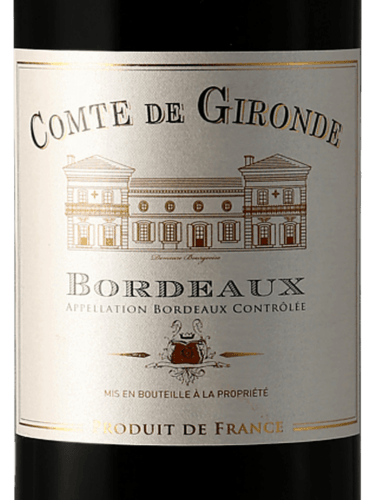 The unique terroir of Gironde imparts distinct characteristics to its wines, reflecting the region’s maritime climate, gravelly soil, limestone deposits, clay and silt, and microclimates found across different appellations. These factors contribute to the complexity and elegance of Gironde wines, making them truly exceptional. The maritime climate, influenced by the nearby Atlantic Ocean, brings cool breezes and moderate temperatures, allowing the grapes to ripen slowly and develop balanced flavors.
The unique terroir of Gironde imparts distinct characteristics to its wines, reflecting the region’s maritime climate, gravelly soil, limestone deposits, clay and silt, and microclimates found across different appellations. These factors contribute to the complexity and elegance of Gironde wines, making them truly exceptional. The maritime climate, influenced by the nearby Atlantic Ocean, brings cool breezes and moderate temperatures, allowing the grapes to ripen slowly and develop balanced flavors.
The gravelly soil provides excellent drainage, forcing the vines to dig deep for water and nutrients, resulting in concentrated flavors and structured wines. The limestone deposits add mineral notes to the wines, while the clay and silt contribute to their smooth and velvety texture. Moreover, the microclimates found across different appellations within Gironde further enhance the diversity of wine styles, offering a wide range of flavors and aromas to satisfy every discerning palate.
Wine Tourism in Gironde
When it comes to wine tourism in Gironde, visitors can explore famous châteaux and estates, immersing themselves in the region’s rich history and winemaking traditions. From guided tours to wine tastings, visitors can indulge in the sensory experience of sampling various Gironde wines, each with its unique flavor profile. Whether it’s a renowned château’s grandeur or a boutique estate’s intimate setting, wine tourism in Gironde offers a memorable journey for wine enthusiasts and connoisseurs alike.
Famous Châteaux and Estates
Famous Châteaux and Estates in Gironde offer wine enthusiasts a captivating journey into the heart of Bordeaux’s winemaking heritage. These prestigious wine estates not only produce exceptional wines but also allow visitors to immerse themselves in the history and craftsmanship behind each bottle. Here are five renowned Châteaux and Estates in Gironde that are worth a visit:
- Château Margaux: Known for its elegant and refined wines, Château Margaux is one of the most iconic estates in Bordeaux.
- Château Lafite Rothschild: With a history dating back to the 17th century, Château Lafite Rothschild produces some of the world’s most sought-after wines.
- Château Mouton Rothschild: This legendary estate is known for its opulent wines and its impressive collection of art and wine labels.
- Château Haut-Brion: As one of the oldest wine estates in Bordeaux, Château Haut-Brion offers visitors a glimpse into centuries-old winemaking traditions.
- Château Cheval Blanc: Located in the prestigious Saint-Émilion appellation, Château Cheval Blanc is renowned for its exceptional, age-worthy wines.
Visiting these famous Châteaux and Estates in Gironde is a chance to taste exquisite wines and become part of Bordeaux’s winemaking legacy.
Wine Tasting Experiences
Gironde offers an array of unforgettable wine-tasting experiences for enthusiasts eager to explore the region’s rich viticultural heritage. From the prestigious châteaux to charming family-owned wineries, visitors can immerse themselves in the world of Gironde wine and indulge in the flavors and aromas that define this renowned region. Wine lovers can embark on guided tours that provide insights into the winemaking process, from vine to bottle, and learn about the unique terroir that shapes each wine’s character.
They can also participate in tasting sessions led by knowledgeable sommeliers who will guide them through the nuances of different grape varieties and vintages. Whether it’s sipping a bold red in a centuries-old cellar or enjoying a crisp white overlooking the scenic vineyards, Gironde offers an authentic and captivating wine-tasting experience that will leave a lasting impression.
Pairing and Storing Gironde Wine
Now that we have explored the diverse varieties of Gironde wine, it is important to discuss the art of pairing and storing these exquisite wines. Understanding the ideal food pairings, serving temperatures, and storage conditions can enhance the enjoyment of Gironde wine and preserve its quality. Whether you are planning a special meal or looking to add to your wine collection, knowing how to pair and store Gironde wine is essential.
Food Pairings
Understanding the art of food pairing and proper storage is essential when it comes to enjoying Gironde wine to its fullest potential. Here are five exquisite food pairings that will elevate your Gironde wine experience:
- Grilled steak with a bold red Bordeaux: The rich flavors of the steak complement the robustness of the red wine, creating a harmonious combination.
- Roasted duck with a medium-bodied Gironde red: The tender and flavorful duck pairs beautifully with a medium-bodied red wine’s complex flavors and smooth tannins.
- Fresh seafood with a crisp white Bordeaux: The bright acidity and citrus notes of a white Bordeaux enhance the delicate flavors of seafood, creating a refreshing and vibrant pairing.
- Creamy cheese with a sweet Bordeaux: The sweetness of a dessert wine balances the richness of creamy cheeses, creating a delightful contrast of flavors.
- Dark chocolate with a full-bodied Gironde red: The intense flavors of dark chocolate are complemented by the bold and velvety characteristics of a full-bodied red wine.
Serving and Storage Tips
To fully enhance your Gironde wine experience, it is important to understand the proper techniques for serving and storing these exceptional wines. When it comes to serving Gironde wines, it is recommended to serve red wines at a slightly cooler temperature than room temperature, around 16-18°C (61-64°F), to allow the flavors to unfold. For white wines, a temperature of 8-12°C (46-54°F) is ideal to preserve the delicate aromas. It is also important to use appropriate glassware that allows the wine to breathe and showcase its aromas and flavors.
When it comes to storing Gironde wines, proper storage conditions are crucial to maintain their quality over time. It is best to store them in a cool, dark, and humid environment, with a temperature around 12-14°C (54-57°F) and a humidity level of 70-80%. This helps prevent oxidation and ensures the wine ages gracefully. Additionally, Gironde wines should be stored horizontally to keep the cork moist and prevent it from drying out, which could lead to premature aging or spoilage. By following these serving and storage tips, you can fully appreciate the exceptional qualities of Gironde wines and enjoy them to their fullest potential.
Final Thoughts
With its rich history and diverse vineyards, Gironde wine offers a truly exceptional experience for wine enthusiasts. Each bottle embodies the essence of Bordeaux’s winemaking heritage, from the complex flavors of robust reds to the aromatic whites. The unique terroir of the Gironde region, combined with the meticulous craftsmanship of local winemakers, creates unparalleled wines. Indulge in the exquisite varieties of Gironde wine and elevate your wine-tasting experience to new heights.
Uncork Brilliance, Taste the Encyclopedia: Dive into the world of Gironde Wine and beyond with Encyclopedia Wines, where every sip reveals a story of passion, tradition, and excellence.

